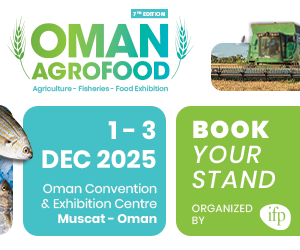The global pesticide detection market is projected to grow from approximately $1.5 billion in 2025 to $2.43 billion by 2035, registering a CAGR of 4.9%, according to Future Market Insights. This growth is fueled by rising public concern over food safety and strengthened by advances in detection technologies.
Governments and private stakeholders are intensifying efforts to ensure food safety by enforcing stricter pesticide residue regulations and promoting investment in fast, accurate, and cost-effective detection systems. Technologies such as high-performance liquid chromatography (HPLC), gas chromatography-mass spectrometry (GC-MS), and biosensors are revolutionizing the field by enhancing detection precision and reliability.
Key Growth Drivers:
Stricter food safety regulations and increasing global standards
Growing consumer demand for transparency and contaminant-free food
Surging interest in organic agriculture and sustainable farming practices
Environmental monitoring of pesticide levels in water and soil
The need for comprehensive pesticide analysis is expanding across the agricultural supply chain, from farm to distribution. Equipment for monitoring pesticide residues in produce, water, and soil has become indispensable in quality assurance programs worldwide.
As awareness of the environmental and health impacts of pesticide use grows, the industry is seeing increased investment in integrated monitoring solutions—especially in regions prioritizing ecological safety and consumer trust.
Source: Future Market Insights











































































